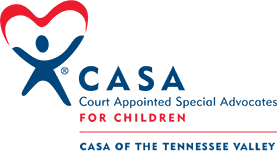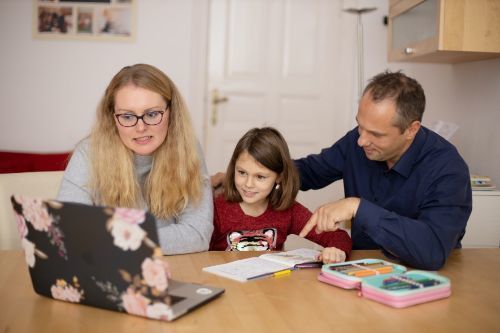Click on any of the resource titles to go to their sites.
-
This site provides online fact sheets that describe ACF-funded activities, projects, shelters, resource centers, community/school-based programs, Head Start, welfare reform, and much more.
-
Part of the Department of Health and Human Services, the ACF Children’s Bureau provides federal reports on child maltreatment, current initiatives and special events.
-
APSAC works to ensure that everyone affected by child maltreatment receives a professional response by providing scholarly and clinical materials. This site includes information on state chapters, legislation and additional resources.
-
The National CASA site is a resource for CASA/GAL program staff and volunteers. The website provides information on program services and management, the annual conference, training resources and law and policy references.
-
This site is for professionals in the field of child abuse and neglect. Child maltreatment, physical abuse psychological maltreatment, neglect, sexual abuse and emotional abuse and neglect are their key areas of concern. They provide unique and powerful tools for all workers to support the identification, investigation, treatment, adjudication and prevention of child abuse and neglect.
-
The Child Trauma Academy works to improve the lives of traumatized and maltreated children. Some of the ways the organization seeks to carry out this mission include: identifying best practices in child protection, evaluating the latest research in child development, defining optimal ways to provide resources to parents, and creating a novel therapeutic approach with traumatized children. Current research projects, training activities, publications, and progress reports are included in this site.
-
The Child Welfare Information Gateway is a national resource for professionals seeking information on child maltreatment; all aspects of child abuse and neglect; prevention, identification, and treatment of child abuse; and other child welfare issues. Their excellent website provides informational databases, links and current highlights.
-
CWLA is an association of public and private nonprofit agencies that assist abused and neglected children and families through a wide range of services. The site offers information on their programs, publications, and upcoming conferences and trainings.
-
This resource guide was created to help families better understand how the child welfare system works and to inform families of their rights and responsibilities. CASA/GAL volunteers may find it an informative look at the system.
-
Indian Country Child Trauma Center was established to develop trauma-related treatment protocols, outreach materials, and service delivery guidelines specifically adapted and designed for Native American children and their families.
-
The National Center for Missing and Exploited Children website offers success stories, educational resources and current events. The resources section includes assistance for parents and guardians, law enforcement, attorneys and media.
-
This agency provides prevention, intervention, and treatment services to physically and sexually abused children and their families within a child-focused team approach.
-
The National Indian Child Welfare Association is the most comprehensive source of information on American Indian child welfare. NICWA works to address the issues of child abuse and neglect through training, research, public policy and grassroots community development. NICWA also works to support compliance with the Indian Child Welfare Act of 1978. The public policy section of NICWA’s website provides information on how specific child welfare laws impact Indian children.
-
Child Awareness Services opened this website of accessible links to individual states’ searchable databases of registered sex offenders in the United States and other select countries.
-
The Native American Children’s Alliance is an inter tribal cross-mentoring organization whose mission is to inspire and support the development, growth and maintenance of multidisciplinary teams and Children’s Advocacy Centers in Native American and Alaska Native communities in their efforts to address child abuse. These centers specialize in the forensic interviewing and examination of Native child victims and witnesses.
-
Parents’ Action for Children, a national nonprofit, develops parent education materials, connects parents with one another, and fights for issues such as early education, healthcare, and high quality affordable childcare. This site has a wealth of information about parenting, childcare, health and safety, nutrition, discipline, the media, and special needs.
-
PCA America is a nationally recognized organization for the prevention of child abuse through media, training, and technical assistance. The site has several links/resources, along with child abuse facts and special events.
-
KIDS Count is a project of the Annie E. Casey Foundation to track the well-being of children in the United States. By providing high-quality data and trend analysis through its KIDS Count Data Center, the Foundation seeks to enrich local, state, and national discussions concerning ways to secure better futures for all children.
-
The goal of the ABA Center on Children and the Law is to improve the lives of children through advances in law, justice, knowledge, practice, and public policy. This site includes child welfare tips and great child advocacy links.
-
The Child and family Services Reviews are designed to help the Federal Department of Health and Human Services’ Children’s Bureau ensure that state child welfare agencies are complying with federal child welfare requirements; determine what is happening to children and families as they are engaged in state child welfare services; and assist states in their efforts to help children and families achieve positive outcomes. To access state-by-state CFSR reports, go to the Children’s Bureau website listed here, than follow these links: Child and Family Service Reviews/Reports and Results.
-
This foster parent resource provides articles, website links to resources on adoption, HIV, educational issues, attachment disorders, FAS, and ADD/ADHD.
-
NACC is a nonprofit professional membership organization dedicated to quality representation and protection of children in the legal system. Their purpose is to assist attorneys and other professionals in their work with children in the legal system. At the same time, NACC carries out a policy agenda designed to improve the legal system for children. This site provides advocacy links and lists upcoming events.
-
NCA’s Children’s Advocacy Centers (CACs) are community-based programs that bring together representatives from law enforcement, juvenile court counselors, mental health agencies, and other service-providing agencies to address the investigation, treatment, and prosecution of child abuse cases.
-
The NCJFCJ seeks a society in which every child and every family in need of judicial oversight has access to fair, effective and timely justice. Their website includes sections on child abuse and neglect, family violence, juvenile delinquency, and substance abuse.
-
This site offers links to the latest facts and figures on juvenile justice, delinquency prevention and violence, and includes many of the organization’s publications, grant options, and local resources.
-
This is a tee n-written magazine that discusses issues facing children throughout the foster care system. Its goal is to train, inform, and provide a voice for teens through print journalism.
-
On this Child Welfare Information Gateway website, you can search by state for statutes related to abuse and neglect, permanency planning, foster care and adoption.
-
It is the mission of the Center for Effective Collaboration and Practice to foster the development and the adjustment of children with or at risk of developing serious emotional disturbance. The center’s website contains a section on cultural competence.
-
Although it is aimed at caseworkers, this article is instructive for CASA/Gal volunteers as they seek to employ a culturally competent, strengths-based approach to working with African American families.
-
The National Institute for Technology and Liberal Education developed this site as a resource to increase understanding of the Arab world. A plethora of information is organized into ten modules, such as history, ethnicity and identity, Islam, Arab Americans and family.
-
This site contains multiple resources concerning Asian history, culture, immigration, and contemporary issues in America.
-
The mission of the National Association of the Deaf is to promote, protect, and preserve the rights and quality of life of deaf and hard of hearing individuals in the United States. The legal rights section of the NAD website contains information and resources for deaf and hard of hearing individuals; their families; attorneys who need information to better represent their clients; businesses and government agencies seeking to comply with the law; and service providers who need to understand the law.
-
This site provides many links to reference materials on legal issues, resources and organizations focusing on immigrant issues in America.
-
NLCI focuses the nation’s attention on policies, programs and community initiatives that positively affect Latino children. Their website includes the National Latino Children’s Agenda, a statement of principles essential for the healthy and complete development of Latino children.
-
AMEA is an international association of organizations dedicated to advocacy, education and collaboration on behalf of the multiethnic, multiracial and transracial adoption community.
-
This site describes an initiative launched by the National Council of Juvenile and Family Court Judges to help child welfare and domestic violence agencies and family courts work together more effectively to help families experiencing violence. Research and experience has verified a strong link between violence against women and abuse of children in the same home. The Greenbook Initiative seeks to make courts aware of the effects of violence on both adults and children in order to take action that will adequately address the immediate as well as the long-term harm to children of domestic violence victims.
-
This online tutorial created by the Institute for Family Violence, part of Florida State University’s College of Social Work, is a thorough training in how domestic violence impacts children. It has a unit devoted entirely to rural communities, including barriers to intervention in these areas.
-
This site focuses on how to get help and become educated about domestic violence. A Spanish version of the website is available.
-
This comprehensive site provides links to virtually every relevant topic on substance abuse, as well as links to fact sheets and statistics.
-
The mission of Focus Adolescent Services is to provide information and resources to empower individuals to help their teens and heal their families.
-
This organization promotes programs that rescue, shelter, defend and support children endangered by caregivers who manufacture, deal or use drugs.
-
The mission of NACoA is to advocate for all children and families affected by alcoholism and other drug dependencies. This mission drives their programs and materials to help children of alcoholics.
-
Topics on this site include the economic and social costs of substance abuse and its impact on lives; what works in prevention, treatment, and law enforcement; individual and institutional responsibility for combating substance abuse and addiction; the tools helpers need to succeed; and the goal of removing the stigma of abuse and replacing shame and despair with hope.
-
The National Center on Substance Abuse and Child Welfare works to develop knowledge and provide technical assistance to federal, state, and local agencies and tribes to improve outcomes for families with substance use disorders in the child welfare and family court systems.
-
This guide is intended to help child welfare workers understand how alcohol and drugs affect child welfare, recognize when substance abuse is a factor in child welfare cases, understand addiction and treatment and collaborate with treatment partners.
-
The National Center for Children in Poverty is a public policy organization dedicated to promoting the economic security, health, and wellbeing of low-income families and children. Their site offers a variety of research publications related to economic security, early childhood and family stability. Also available is a state-by-state search for demographic information correlating income level to employment, race and ethnicity, marital status, home ownership and more.
-
The National Poverty Center at the University of Michigan was established in the fall of 2002 as a nonpartisan research center. This site presents multidisciplinary research and policy briefs related to poverty.
-
This site provides basic facts about poverty and how it is measured. It also displays the most recent reports, briefs, and data on poverty for the past twelve months.
-
This site, aimed at parents, provides information on child development, child psychology, parenting, learning, health, safety, and childhood disorders such as attention deficit disorder, dyslexia, and autism.
-
Zero to Three is a national organization that supports the health and well-being of infants and toddlers by informing, educating, and supporting the adults who influence their lives. Aimed at both parents and professionals, this site provides resources, public policy papers, parenting tips and publications—all related to infants and toddlers.
-
The American Academy of Child and Adolescent Psychiatry works to assist parents and families in understanding developmental, behavioral, emotional and mental disorders affecting children and adolescents. The website includes journal information, facts, resources and information on legislation.
-
AAP offers materials for professionals working in the field of child abuse, including policy statements, a program on the visual diagnosis of child physical abuse, and resources for prevention, recognition, and treatment.
-
ATTACh is an international coalition of professionals and families dedicated to creating public awareness and education regarding attachment and the critical role it plays in human development. The Organization provides a quarterly newsletter, hosts an annual conference, compiles a membership directory, and offers other benefits to its members and the public.
-
Written by an adoptive parent of a child diagnosed with attachment disorder, this site provides information, resources, and support for parents and others trying to help children with attachment problems.
-
The center offers help for children facing the pain of death, divorce, separation or abandonment, and provides a list of books/links for school professionals, parents, and advocates who deal with children’s grief.
-
This site contains links for common disorders, organizations, search engines, and medical sites.
-
This resource allows you to search for information on any medical term through a wide search and can also link you to a multilingual dictionary and a drug database.
-
NOFAS is dedicated to eliminating birth defects caused by alcohol consumption during pregnancy and to improving the quality of life for those affected by fetal alcohol syndrome/fetal alcohol effect. NOFAS is committed to raising public awareness of fetal alcohol syndrome and to developing and implementing innovative ideas in prevention, intervention, education, and advocacy in communities nationwide. NOFAS also operates a national clearinghouse for regional, state, and local fetal alcohol syndrome organizations.
-
CHADD works to improve the lives of people with attention-deficit/hyperactivity disorder through education, advocacy and support. Their site offers great information on ADHD and disability issues in the legislature.
-
An interactive learning disabilities resource guide for parents, teachers, and students. This site provides a wealth of information, including a section in Spanish.
-
This organization, originally focused on mental retardation is devoted to advocacy for all people with disabilities. The site includes topics such as the American with Disabilities Act, managed care, fetal alcohol syndrome, and the human genome project.
-
The ISER website provides information relating to the needs of children with disabilities on a global basis in order to provide valuable information for parents, family members, caregivers, friends, educators, and medical professionals who interact with children who have disabilities. This page has an extensive set of links to information on different disabilities, health issues, and legal issues.
-
This organization is a national resource for information on disabilities in infants, toddlers, children, and youth. The Individuals with Disabilities Education Act (IDEA), which governs special education; No Child Left Behind, as it relates to children with disabilities; and effective educational practices.
-
This study reviews states’ current policies and guidelines regarding visiting between children in care and their parents, siblings, extended family members, and others significant in their lives. The report also provides recommendations to enhance state visiting policies.
-
This electronic guide provides information regarding adolescent issues and secondary education, including mental health risk factors for adolescents. The site is intended for parents, educators, researchers, health practitioners, and teens.
-
Connecting for Kids is a virtual encyclopedia of information for adults who want to make communities a better place for kids. Most topics include information on substance abuse, schools, and media issues.
-
2-1-1 has a database of more than 10,000 health and human services programs, cross-referenced for all sorts of keywords. When you call, you’ll get a real person, one who is trained to help you sort out your needs, and then give you phone numbers and addresses of the closest places where you can get help.
-
Created by the American Academy of Child and Adolescent Psychiatry, Facts for Families offers information for parents and families on issues affecting children and adolescents such as depression, teen suicide, gun violence, stepfamily problems, and child sexual abuse.
-
This information service for parents and educators who focus on health, education, and recreation includes useful books, articles on learning disabilities and links.
-
This website is a one-stop shop for Tennessee families to raise healthy and happy kids. Find parenting tips, track child milestones and access TN state services.
-
NASW works to enhance the professional growth and development of its members, to create and maintain professional standards, and to advance sound social policies.
-
The goal of this site is to prevent youth fire tragedy through education, intervention, and mental health support, and to facilitate the exchange of information on the topic of youth fire setting.
-
The Association for Conflict Resolution is a professional organization dedicated to enhancing the practice and public understanding of conflict resolution. Their website provides a state-by-state search for ACR chapters.
Our Vision: Seeing Every Child in a Safe, Permanent Home
-
CASA Volunteers help change children's lives every day.
76,756
-
Abused and neglected children had a CASA volunteer speaking up for their best interest in the last year.
250, 323
-
Children are waiting for a volunteer empowered to find them a safe, loving, permanent home.
452,000
-
Children in safer homes since 1977.
2 Million
Stay in the loop.
Thank you to our generous sponsors:
-
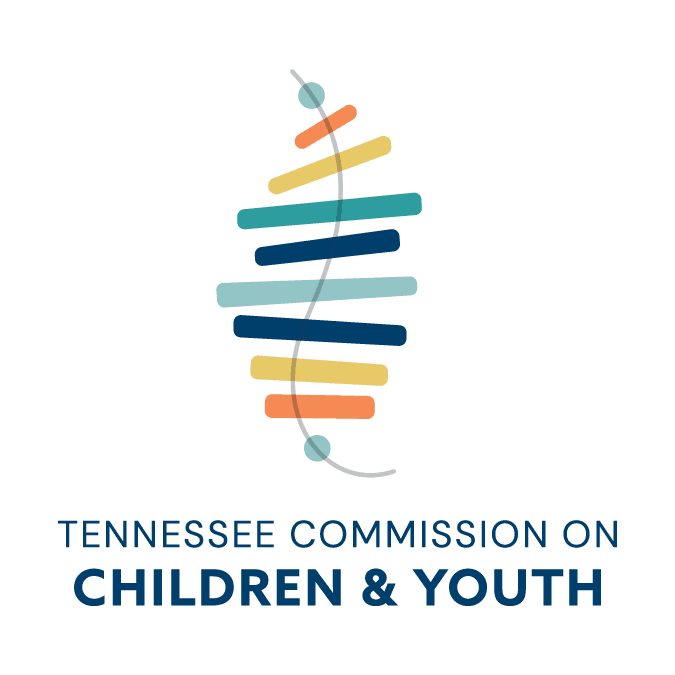
-

-

-

-
 ORNL Federal Credit Union
ORNL Federal Credit Union -
 HUB
HUB -
 BBB Communications
BBB Communications -
 Roane County News
Roane County News -
 Morgan County News
Morgan County News -
 Morgan County Animal Hospital
Morgan County Animal Hospital -
 Wascon
Wascon -
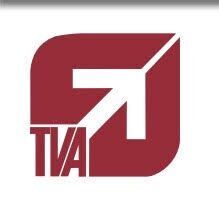 TVA
TVA -
 GFWC
GFWC -
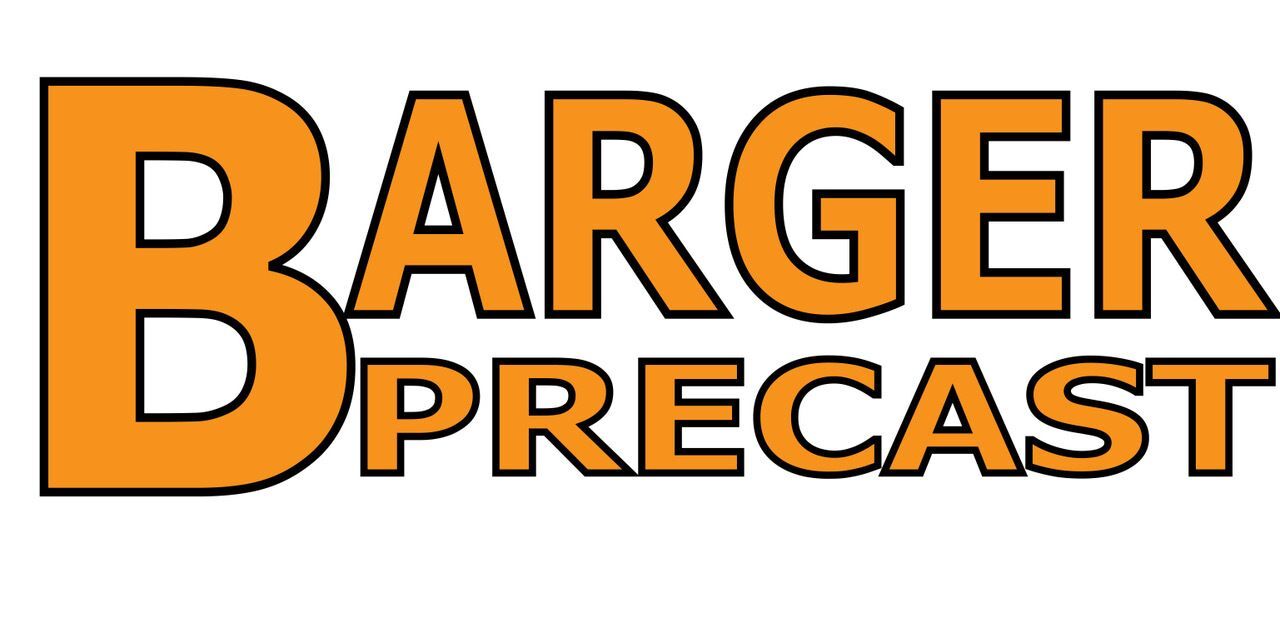 Barger & SONS
Barger & SONS -
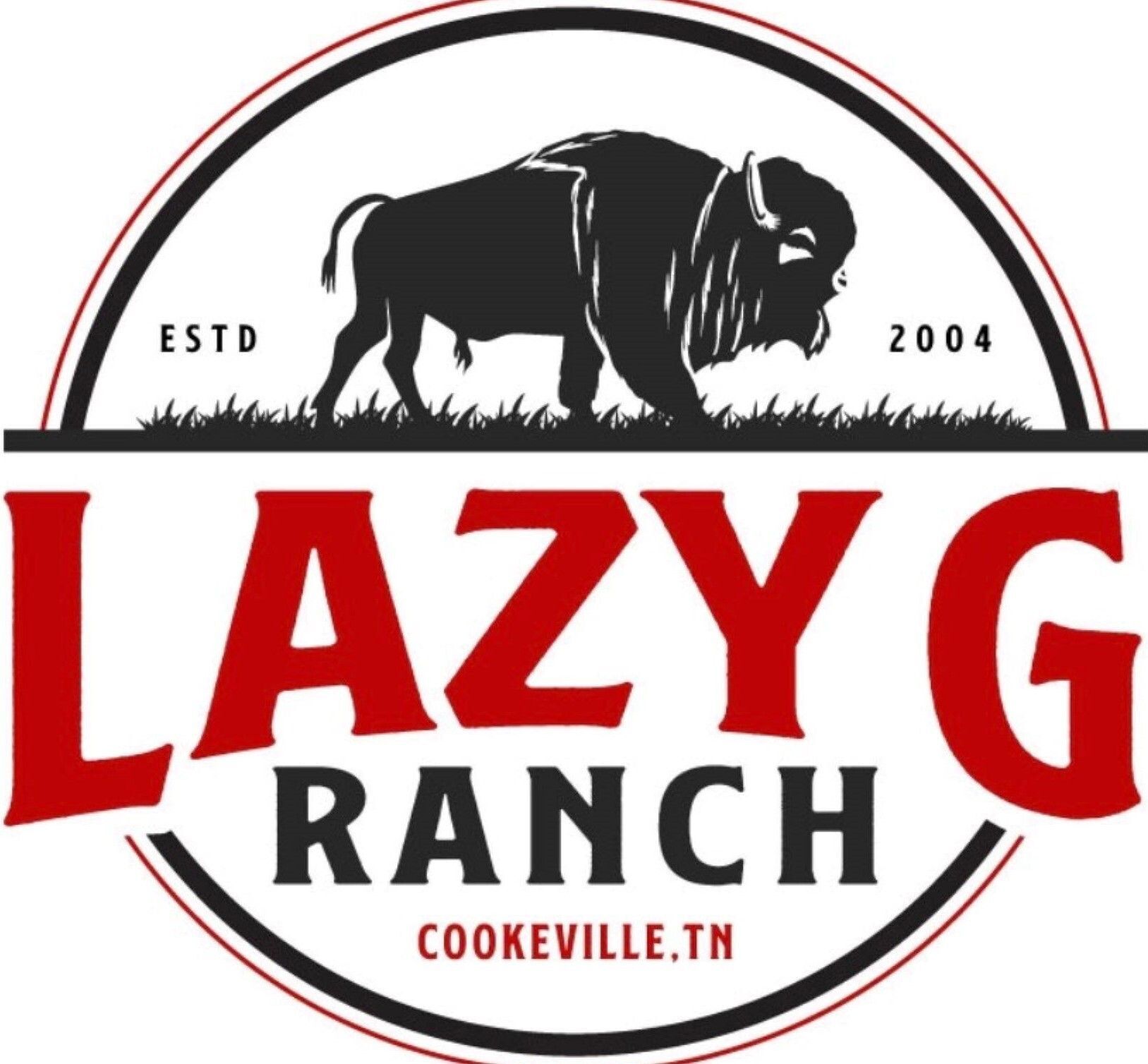 Lazy G Ranch
Lazy G Ranch -
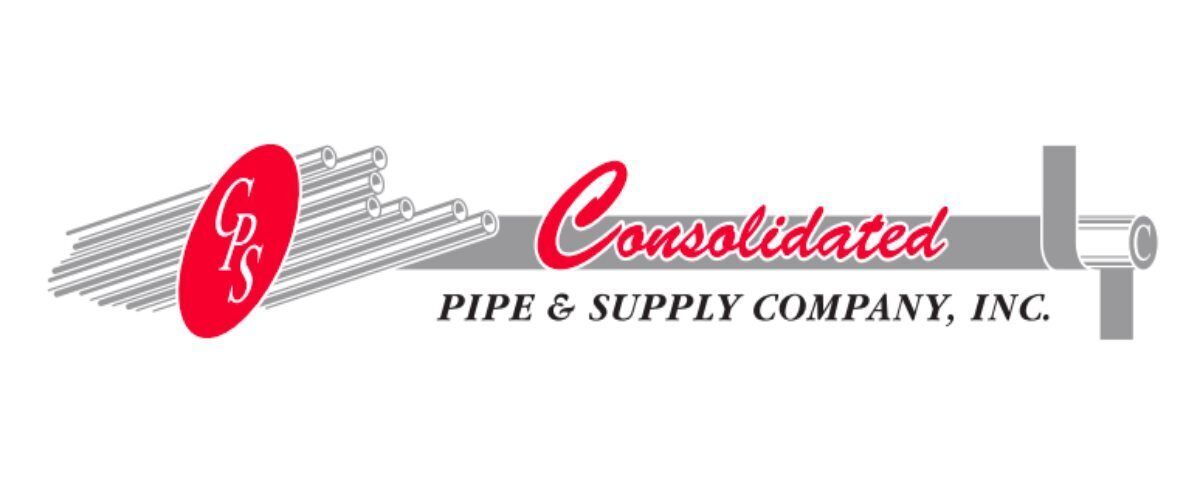 Consolidated
Consolidated -
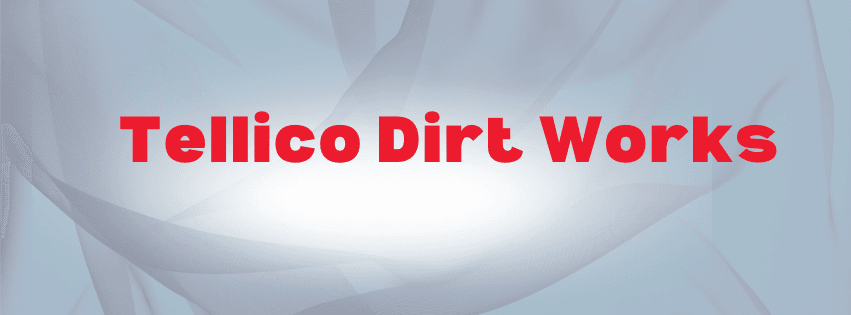 Tellico Dirt Works
Tellico Dirt Works -
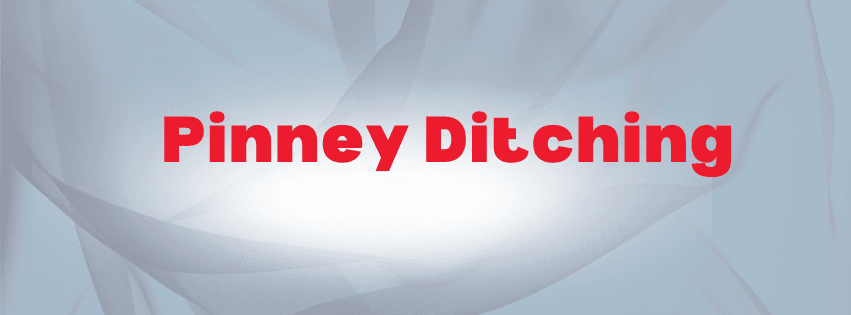 Pinney Ditching
Pinney Ditching -
 Good Neighbors Shoppe
Good Neighbors Shoppe -
 Brewster's Services Group
Brewster's Services Group
